Future Cars Will Update Wirelessly To Stay Safe

With so many safety standards and new technologies, vehicles are becoming safer than ever, but how will the addition of Internet connectivity change the way we approach vehicle safety?
Consider your smartphone, tablet or computer. These items house some of your most precious information: photos, banking information and other personal details. If a security issue is found, our devices can get patched wirelessly to be safer. The same will be possible with our car’s safety systems. Cars with Internet connections will be able to update themselves to stay safe and secure.
“It’s very possible,” says Russ Rader from the IIHS. “Tesla demonstrated that with their crash avoidance technology, updating that through an over the air update.” Indeed, earlier this year, the automaker issued an update that was sent to vehicles via an integrated Internet connection within the car. The update tackled an issue with a NHTSA-issued recall, and added new safety and driver assistance features, all without having to visit the mechanic.
Thanks to the suite of on-board sensors and cameras that are already equipped on the Model S, the folks at Tesla can tweak the software through an over-the-air update. These tweaks can include additional functionality, improvements in current features and, like our smartphones, updates that will make your car safer.
Changing for the future
New safety concerns pop up every year, thanks to new research and studies. Consider 2012, when the IIHS started including small overlap crash tests as a way to cut down on the types of crashes that accounted for nearly a quarter of fatal car accidents. Ever since the IIHS made it a concern, automakers have been improving the safety structures of their vehicles in order to be safer in small overlap crashes.
Since then, the IIHS has brought up other safety concerns, namely front collision prevention technology. Besides being able to audibly or visually warn drivers of an impending accident, the IIHS awards automakers that feature systems that use sensors to automatically brake the vehicle when a crash is imminent, helping to prevent a crash or mitigate serious injuries if a crash is unavoidable.
But what if the IIHS finds specific data that changes at what distance automatic braking should occur? When safety standards changed in the past, automakers would have to go back to the drawing board and redesign the core of their cars to be safer. Car owners would be stuck with their “less safe” vehicle until they purchased a new one that meets the new safety standards. But now, thanks to sensors and hardware already used in vehicles and the Internet-connected nature of the vehicles, cars can stay up to date with changing safety standards with a simple software upgrade.
“The vision is to update the vehicle for new features and new safety concerns,” said Anupam Malhotra, senior manager of Connected Vehicles at Audi of America. “We are working on those kinds of features.”
Malhotra said the modern car is made up of many pieces of hardware that interact with software to assist the driver. For example, the throttle response is smoothed out and steering effort is artificially weighted all using algorithms and computer codes and commands. The traction control and driver assistance features can override the driver’s inputs to keep the car safe and comfortable. The software that controls all of this can be tweaked to make the car even safer via an over the air update.
“The hardware is mostly there,” said Malhotra. “It’s on the software now to know what do with all the data. As the code and algorithms improve, then we can update the software to handle that data and make the car safer and better.”
What About Hacking?
One side effect of these increasingly connected vehicles is their vulnerability to hacking. Late this summer, it was revealed that hackers could hack into a Jeep Cherokee and take remote control of the vehicle. By exploiting a vulnerability with the car’s Uconnect infotainment system, hackers could manipulate the air conditioning, windows, wipers, and even the throttle, causing significant safety issues.
In the past, if your car’s safety systems (like an airbag) was defective and required a fix, you’d have to take it into your dealership’s service center to get it fixed, and while that fix would likely be provided free of charge, it would still be a pretty big inconvenience. However, for this Uconnect hacking concern, Jeep issued a fix that you can download onto a USB stick and plug into your car. Just like that, we have do-it-yourself car updates to help you stay safe.
Hackers also found a similar vulnerability in Teslas, and the automaker released a safety patch over the air hours after it happened.
Building Blocks For Autonomous Driving
All this hardware and software isn’t just designed to keep us safe though, it’s designed to stop us from driving entirely.
“These are the stepping stones to self-driving cars,” explains Andrew Poliak from QNX. The ability for mainstream cars to get updated to become safer automatically through over the air updates will be a huge milestone before self-driving or autonomous cars become a reality.
“Look at the building blocks of autonomous vehicles,” he said. “A connectivity solution is necessary to provide updated information and safety.”
It’s clear though, as research is constantly showing us new ways cars can be safer, that new technology will allow us to update our vehicles to adapt and meet new safety standards. But don’t expect to never have to get a new car. “You can’t do it all by software alone,” says Malhotra. “You can’t equip a car with all the hardware it will need forever.”

Sami has an unquenchable thirst for car knowledge and has been at AutoGuide for the past six years. He has a degree in journalism and media studies from the University of Guelph-Humber in Toronto and has won multiple journalism awards from the Automotive Journalist Association of Canada. Sami is also on the jury for the World Car Awards.
More by Sami Haj-Assaad



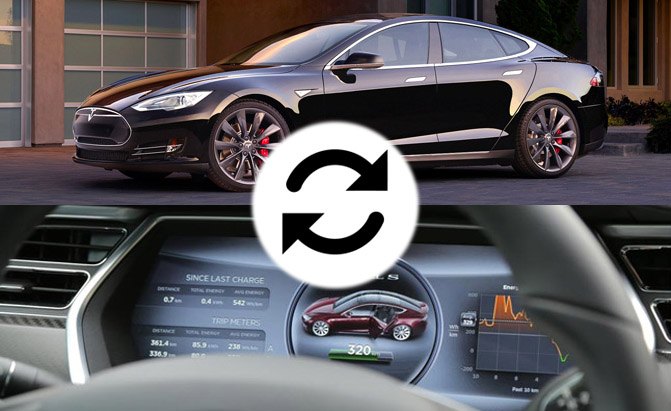
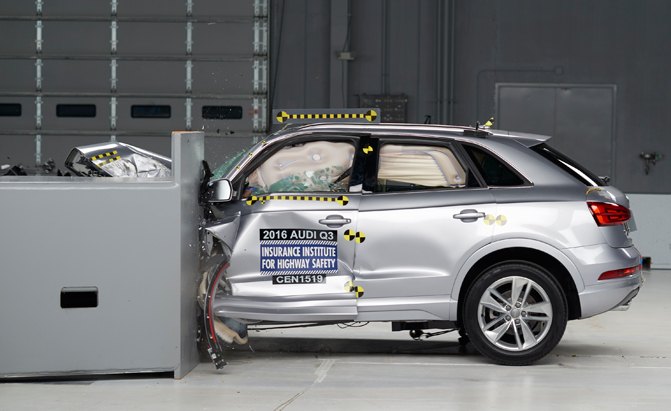
























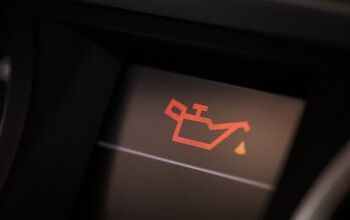



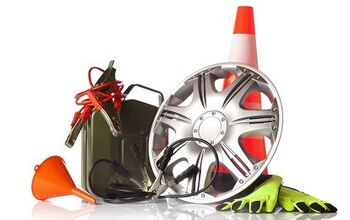
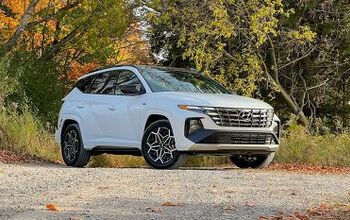

Comments
Join the conversation
current fleet of cars don't have to worry about hacking